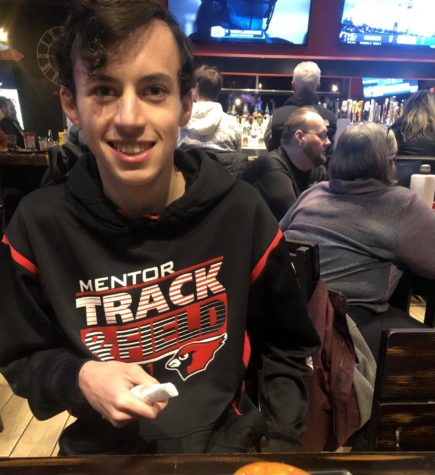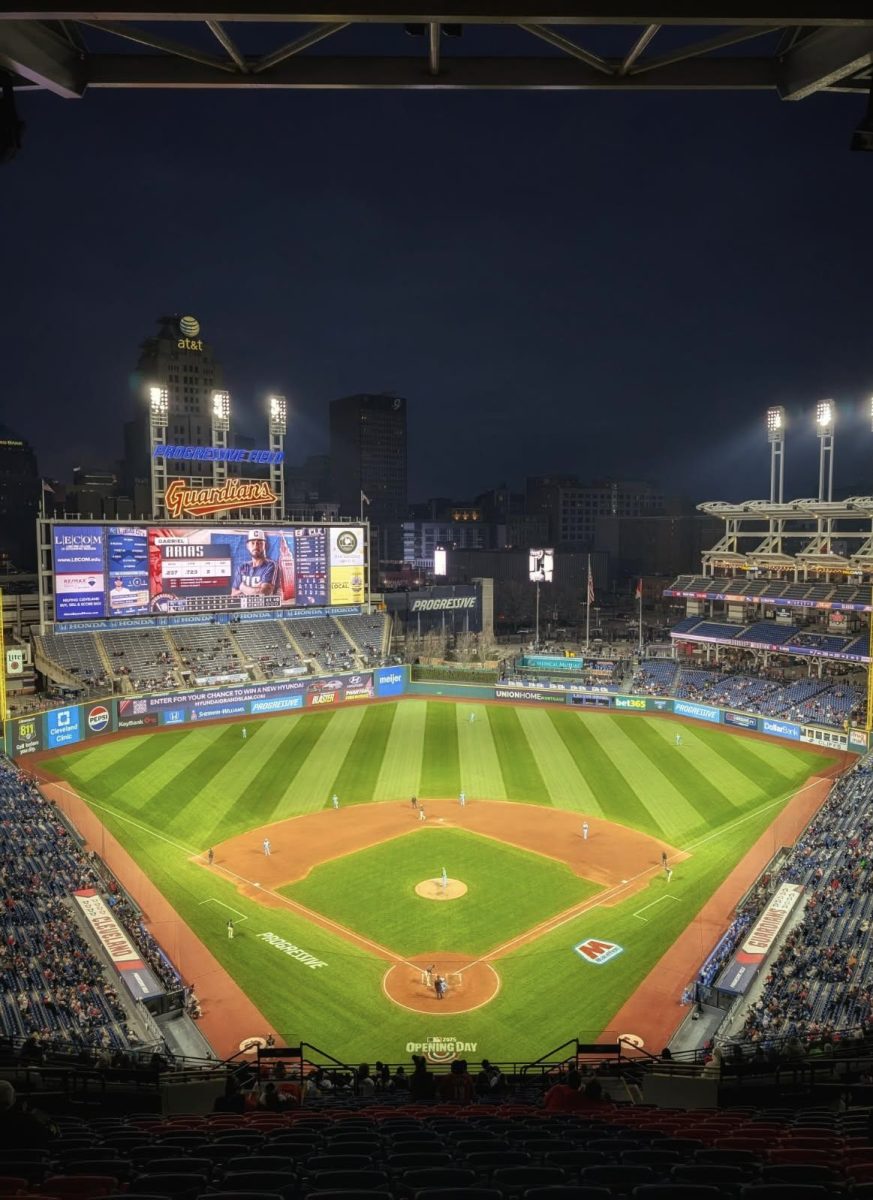Climbing Up From Your Lows
David Bowie experiments with art rock and ambient music and reaffirms himself as an enduring musical influence with his 1977 album “Low”.
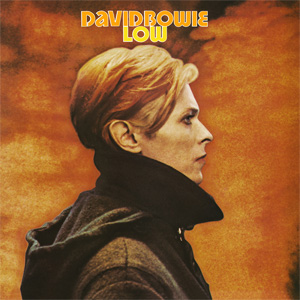
Image taken from Wikipedia. Originally photographed by Steve Shapiro on the set of The Man Who Fell To Earth.
February 6, 2023
Summary (Short Version): David Bowie, glam rock alien superstar and musician, was born in London, England, on January 8, 1947 as David Robert Jones, and he would gain popularity during the 1960s and 1970s as a solo singer-songwriter. However, fame began to mentally cripple Bowie, and in 1976, he would move away from Los Angeles to France and eventually to Berlin, working with American producer Tony Visconti and English musician Brian Eno on a new album titled “Low.”
Throughout the album, Bowie, Eno, and Visconti would experiment with various genres and combine synthesizers with Bowie’s well-known rock instrumentation, giving the album a sound unlike any other Bowie record. The first half of the record, made of shorter and catchier pop rock tracks, would mix the synths with sharp and catchy guitars, but during the instrumental-dominant second half, “Warszawa” and “Subterraneans” would use the synths in a much greater manner, as they envelop the songs to fully engage the listener in emotion. “Art Decade” and “Weeping Wall” also use unorthodox instruments, though the synths appear less often. Nevertheless, every instrument is made clear and given the right amount of detail, in no small part due to assistance from Visconti.
Though English lyrics appear during only the first half of the album, they are well-written and surprisingly personal when they appear. For example, “Always Crashing in the Same Car” alludes to Bowie’s personal struggles, and “What in the World” shows love in a more complex manner. The instrumental tracks show meaning through their sense of melody and tone, such as “A New Career in a New Town,” which shows the uncertainty and excitement that comes with moving to a new place, and “Warszawa,” inspired by Bowie’s visits to Warsaw during the 1970s, portrays how Bowie imagined the country’s desolation under the communist regime. Bowie’s performances are also captivating and engaging, as Bowie remains dramatic yet oftentimes laid back, letting his expressive voice and instrumental compositions shine. Eno, who operates most of the synthesizers, also shows his skill as a musician, with the synthesizers and other instruments he uses adding much to the experience of the album.
Overall, I thoroughly enjoy this project and consider it one of my favorite albums of all time. Favorite songs of mine would include “What in the World,” an experimental yet catchy rock track with abstract songwriting, “Sound and Vision,” a smooth and heavenly guitar-led journey, and my favorite song on the entire album would be “Warszawa,” an emotionally intense and meaningful synth-led experience which communicates so much emotion though so few words are spoken. Other than “Ziggy Stardust,” I consider it to be Bowie’s best song, though it may not be for everyone.
“Low,” like many other Bowie records, would go on to have a huge amount of influence, though this project in particular would go on to influence the sound of post-punk, an offshoot of punk music with more “artistic” leanings. Many bands would be inspired by the experimental and artistic direction taken on the album and infuse some of the same creativity into their own music. In addition, “Low” may have indirectly saved Bowie’s life, as the move to Berlin that accompanied it helped Bowie to move past the mental turmoil to which fame had driven him. In a way, “Low” helped Bowie move from the low points in his life.
Now, if you want to read more, continue onward into the chasm.
Introduction: David Bowie would be born in London, England, on January 8, 1947 as David Robert Jones. During the 1960s, he would head various bands but would eventually emerge as a solo singer-songwriter, renaming himself to avoid confusion with The Monkees’ lead singer. However, he would not gain critical recognition until his fourth album, “Hunky Dory,” in 1971, and he would not gain popular acclaim until he released his fifth album, “The Rise and Fall of Ziggy Stardust and the Spiders from Mars” in 1972. Throughout his career, Bowie would experiment and delve into various rock genres, such as folk, heavy metal, art rock, and most notably glam rock, which he would become known for in the early half of the 1970s. However, fame began to take its toll on Bowie, and he would record his tenth album, “Station to Station,” highly dependent on drugs and in a state of mental distress. Looking for a fresh start, he would move from L.A. to France with his friend Iggy Pop in 1976, where he would co-write his album “The Idiot.” Afterwards, he would begin a three-album run, known as the Berlin Trilogy, where he would collaborate with American producer Tony Visconti and English musician Brian Eno. On January 14, 1977, Bowie would release “Low,” the first album in this trilogy.
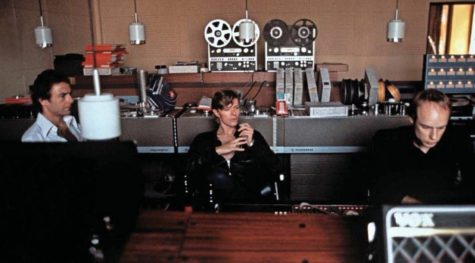
Production: Something very notable about “Low” is that it sounds unlike any other album that Bowie has made. While deviating from his more mainstream glam rock sound, Bowie delves into experimental rock, art rock, synth pop, ambient music, and many other genres, and the production reflects this variety with a wide range of sounds. Notably, there are two parts to the record: the first half, from “Speed of Life” to “A New Career In A New Town,” is made of shorter and catchier pop and rock tracks bookended by instrumentals, while the second half, from “Warszawa” from “Subterraneans,” is made of longer instrumental tracks. Sharp and punchy guitars and loud, smashing drums permeate the first half of the project, but the synths, which appear around every corner the album presents, are one of the more prominent instruments that I believe make the album unique. During the first half, songs such as “Always Crashing in the Same Car” and “Breaking Glass” integrate the synths with the guitars into more rock-oriented tracks, but during the second half, the synths and other instruments almost completely make up songs such as “Warszawa” and “A New Career In A New Town,” which expand Bowie’s capabilities into more ambient music. Eno plays most of the synths himself, which shows his prevalent role in the project, though Bowie composed all of these songs with occasional assistance. More unexpected instruments are used in this half as well, such as the xylophones in “Weeping Wall” and the saxophone solos in “Subterraneans.” Throughout the album, the production appears well made, versatile, and expressive, expanding Bowie’s artistic abilities further than ever before.
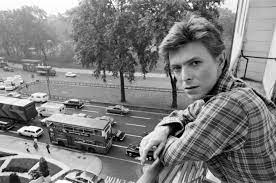
Songwriting: Though English lyrics are only present in the first half of the album, they are well-written and surprisingly personal in the areas where they do appear. “Always Crashing in the Same Car” alludes to Bowie’s personal struggles, for example, and “Breaking Glass” and “What in the World” are more abstract and unorthodox pictures of complex love. Some of the instrumentals tell stories of their own as well. “Speed of Life” communicates the rushes of exhilaration and excitement that can accompany life, as well as the speed at which it rushes by for many. “New Career In a New Town” switches between joyful and introspective, highlighting the uncertainties and the joys that can come from moving to a new place. I personally believe Bowie’s moving away from Los Angeles was what likely inspired this song. For one last example, “Warszawa,” the most emotionally intense song on the album, was titled from Bowie’s stay in Warsaw, and was meant by Bowie to demonstrate the desolation of the capital under communist regime. Altogether, Bowie uses lyrical and composition skills to craft songs which tell stories and communicate emotion in a multitude of ways.
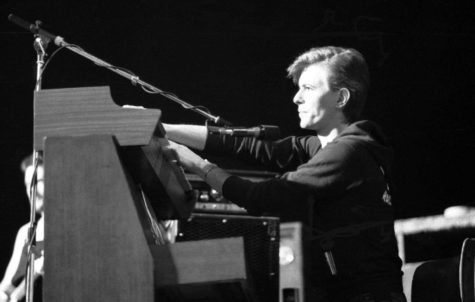
Artist Performance: Within the album’s first half, Bowie’s singing performances range from relaxed to almost chaotic. His singing on “Sound and Vision,” backed by smooth guitars, is very laid back, allowing the atmosphere of the song to take center stage. “Always Crashing in the Same Car” moves his tone in a more solemn direction, and “What in the World,” which also features his best singing on the record in my opinion, has Bowie pleading in desperation, though in a low key manner. “Breaking Glass” and “Be My Wife,” by comparison, are more upbeat and expressive, with the former in particular featuring odd but intriguing vocal inflections from Bowie. Within the instrumentals, however, Bowie’s performance, along with Eno’s, still shines through. For example, “Warszawa” and “Subterraneans,” two grand, sweeping, and impassioned songs, provoke strong emotion through Bowie’s occasional vocals and his instrumental performances, particularly on the saxophone in the latter, though Eno’s synthesizers are the main focus of both songs, helping to engulf the listener in the emotions both songs present. All in all, Bowie, along with Eno, gives strong and passionate performances both vocally and instrumentally.
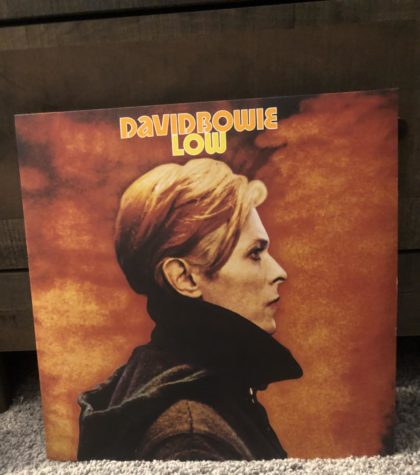
Personal Enjoyment: To start, this album is my favorite album from David Bowie and one of my favorite albums of all time. From the aggressive guitars that kick off “Speed of Life” to the soft fade of the synths that ends “Subterraneans,” not one song lacks intrigue or excitement. Bowie moved from his comfort zone and experimented with new sounds on this album and the decision paid off immensely. To list my favorite songs, “What in the World” is a prime example of this experimentation combined with a traditional rock sound, as the dissonant guitar chords and odd synthesizers pair with Bowie’s captivating and passionate vocals. “Sound and Vision,” on the other hand, is very smooth, with the slick guitars taking most of the melody bolstered by the descending synths that appear at certain points in the song. Finally, “Warszawa,” my personal favorite song on the album, is also the most outwardly emotionally intense. Eno’s slow-moving and dramatic synthesizers communicate a melody full of heartache and desperation, but with a hint of hope as well. Bowie’s vocals communicate similar feelings, and I consider the song one of his best. I also find the story behind it, Bowie’s brief trip to Warsaw, to be very interesting. My least favorite song would have to be “Be My Wife,” simply because it is the least complex song on the album, though I still do enjoy the song a lot. Overall, I throughly enjoy “Low,” and I consider it to be Bowie’s best album and one of the best albums ever made.
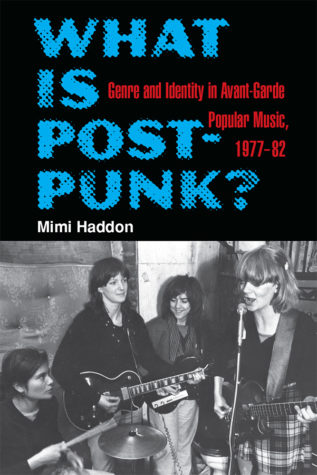
Influence: David Bowie himself has had enormous influence on music and general pop culture, but “Low” has influence of its own, particularly relating to the genre of post-punk. Post-punk is essentially a branch of punk rock that that embraces more ambitious harmony, melody, and lyrical content while still keeping its own punk energy and urgency (“Post-Punk Music Guide: History and Sounds of Post Punk,” MasterClass). Bands such as Joy Division and The Cure would become well known groups within the genre. Many bands would see the experimental and artistic stylings employed within “Low” and similarly experiment with their own punk rock sound. Though the album was considered more uncommercial at the time that it was released, especially in comparison to Bowie’s earlier glam rock work, it has become very critically acclaimed in the present day, and is regarded by many as one of Bowie’s best works, as well as one of the best albums of all time. For Bowie himself, the album was instrumental in terms of possibly saving his own life. The move away from Los Angeles to Berlin that accompanied the album, along with the newfound partnerships and musical experimentation, helped to rescue Bowie from the mental turmoil and drug dependency he had been suffering through in the mid-70s. Ironically, “Low” helped Bowie to move on from the low points in his life.
Rating: 9/10
Favorite Songs: What in the World, Sound and Vision, Warszawa
Least Favorite Song: Be My Wife (if I had to choose)
What in the World (David Bowie Youtube channel):
Sound and Vision (David Bowie Youtube channel):
Warszawa (David Bowie Youtube channel):
Video on Bowie’s Warsaw trip (Culture.pl):
https://culture.pl/en/video/the-story-behind-david-bowies-mythical-walk-in-warsaw-video

